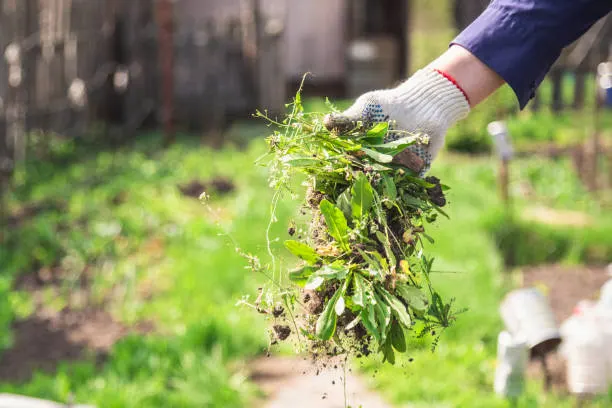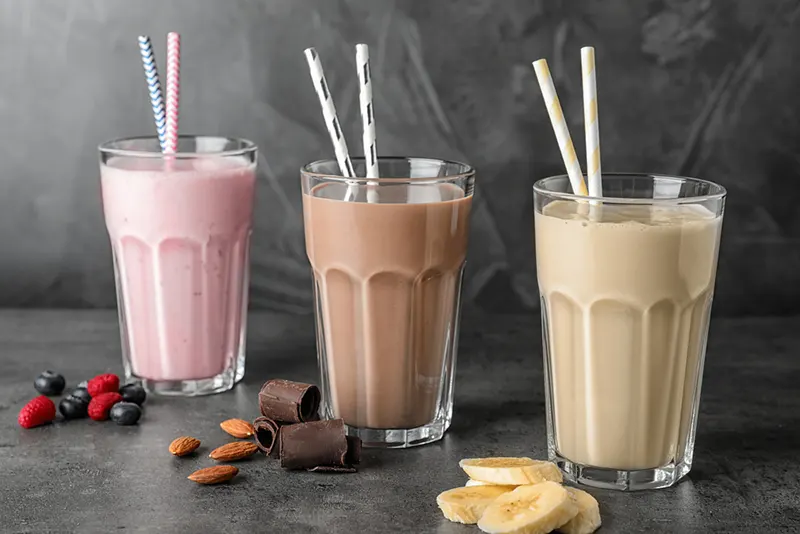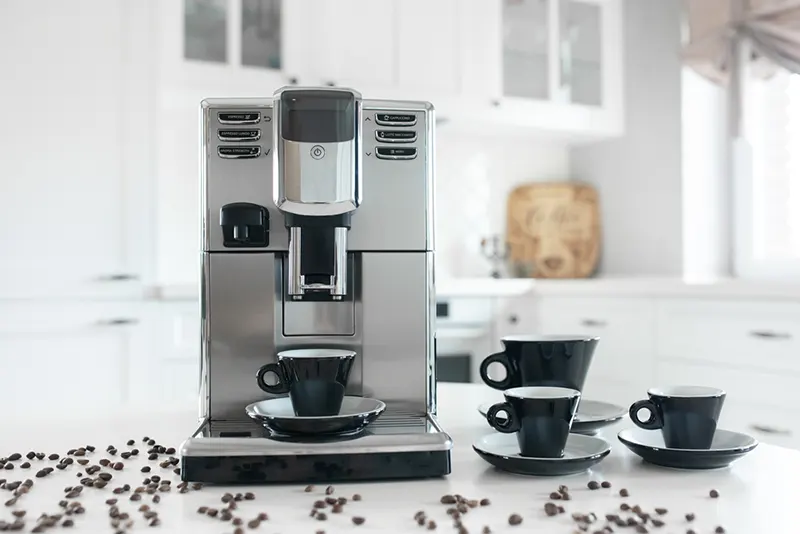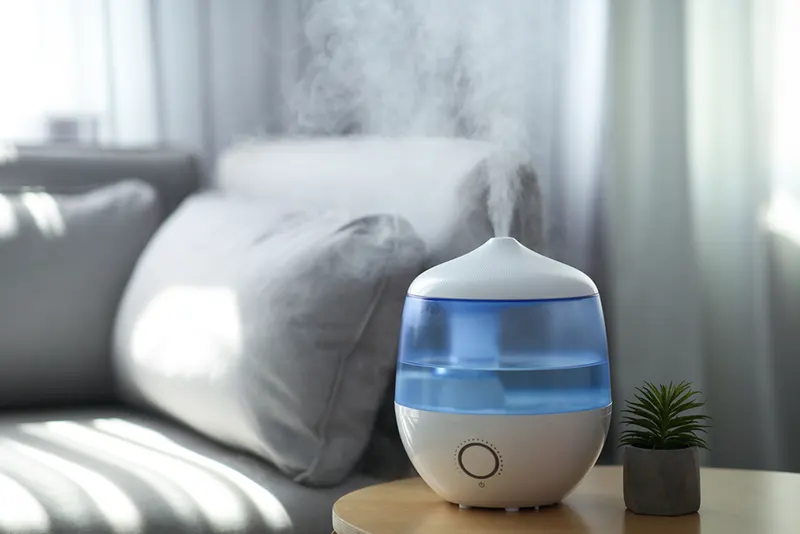Weeds can be a pesky and persistent problem in gardens, lawns, and other outdoor spaces. Fortunately, the best weed killers can be an effective tool to control and eliminate weeds. However, it’s important to use weed killers safely and effectively to protect yourself, your plants, and the environment. In this blog post, we will discuss some valuable tips and tricks on how to use weed killers safely and effectively.
Read and Follow the Label Instructions
Weed killers come with specific instructions on the label, including dosage, application methods, and safety precautions. It’s crucial to read and follow these instructions carefully. Avoid exceeding the recommended dosage or frequency of application, as it can harm your plants and the environment.
Wear Appropriate Protective Gear
When handling and applying weed killers, always wear appropriate protective gear, such as gloves, goggles, long sleeves, and long pants. This will help prevent direct contact with the weed killer and reduce the risk of skin or eye irritation.
Choose the Right Weather Conditions
Weather conditions play a significant role in the effectiveness of weed killers. Choose a day when the weather is calm and dry, as wind and rain can cause the weed killer to drift or wash away, reducing its efficacy. Avoid applying weed killers during extreme heat or cold, as it may affect their performance.
Spot Treat When Possible
Instead of applying weed killer over the entire area, spot-treat the weeds. This means applying the weed killer only on the targeted weeds, rather than spraying it over the entire lawn or garden. This will help minimize the amount of weed killer used and reduce the risk of harming desirable plants.
Keep Children and Pets Away
Keep children and pets away from the treated area until the weed killer has dried or as per the instructions on the label. Store weed killers in a safe place where children and pets cannot access them.
Avoid Overuse
Using excessive amounts of weed killer can harm your plants and the environment. Follow the recommended dosage and frequency of application as mentioned on the label. More is not always better when it comes to weed killers.
Use the Right Type of Weed Killer
There are different types of weed killers available, including selective and non-selective weed killers. Selective weed killers target specific types of weeds, while non-selective weed killers can kill both weeds and desirable plants. Choose the right type of weed killer for your specific needs and follow the instructions accordingly.
Be Mindful of Environmental Impact
Weed killers can have an impact on the environment, including soil and water quality, as well as wildlife. Choose weed killers that are labeled as environmentally friendly and follow proper disposal methods for empty containers or unused products.
Be Patient
Weed killers may take time to show results. Avoid reapplying weed killers too soon, as it can harm your plants and increase the risk of environmental contamination. Follow the recommended waiting period as mentioned on the label.
Consider Organic Alternatives
If you are concerned about the use of chemical weed killers, consider organic alternatives, such as vinegar, boiling water, or homemade herbicide solutions. These can be effective in controlling weeds in a more natural and eco-friendly way.
Get Your Best Weed Killer Now
In conclusion, using weed killers safely and effectively requires following label instructions, wearing protective gear, choosing the right weather conditions, spot treating, keeping children and pets away, avoiding overuse, using the right type of weed killer, being mindful of environmental impact, being patient, and considering organic alternatives. By following these tips and tricks, you can effectively control weeds while minimizing the risks to yourself, your plants, and the environment. Happy gardening!





